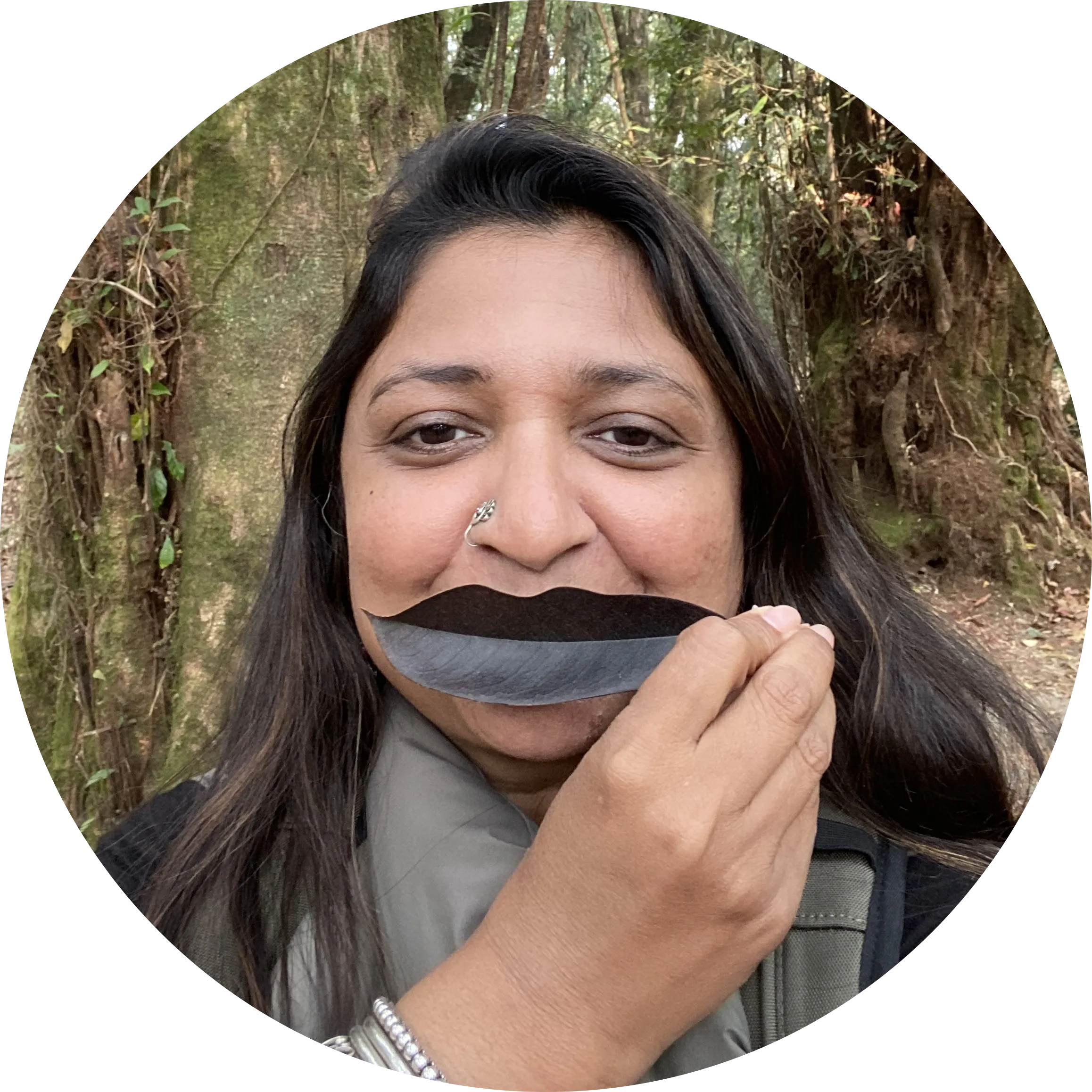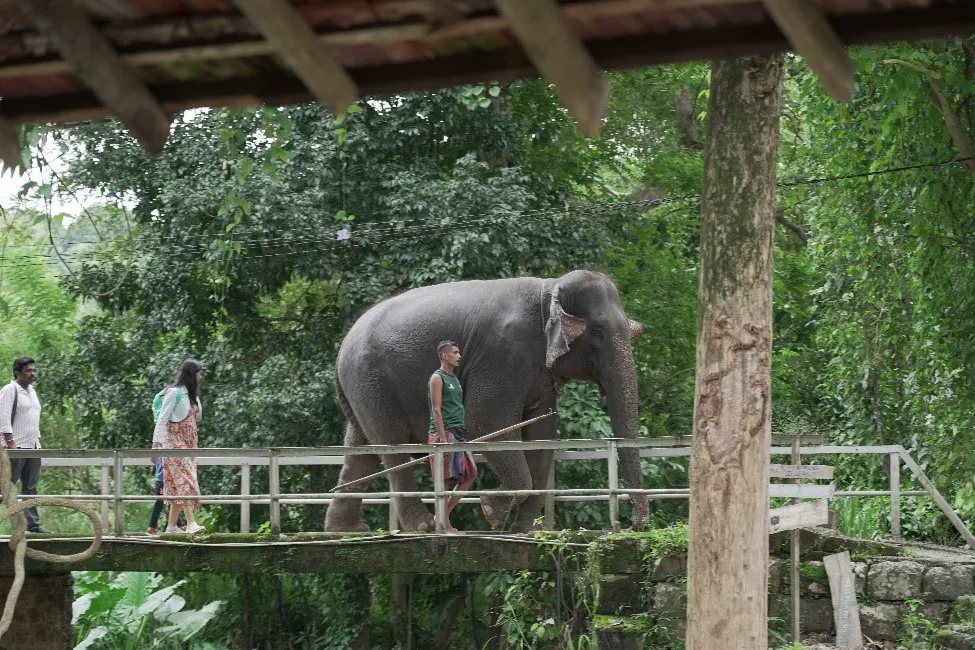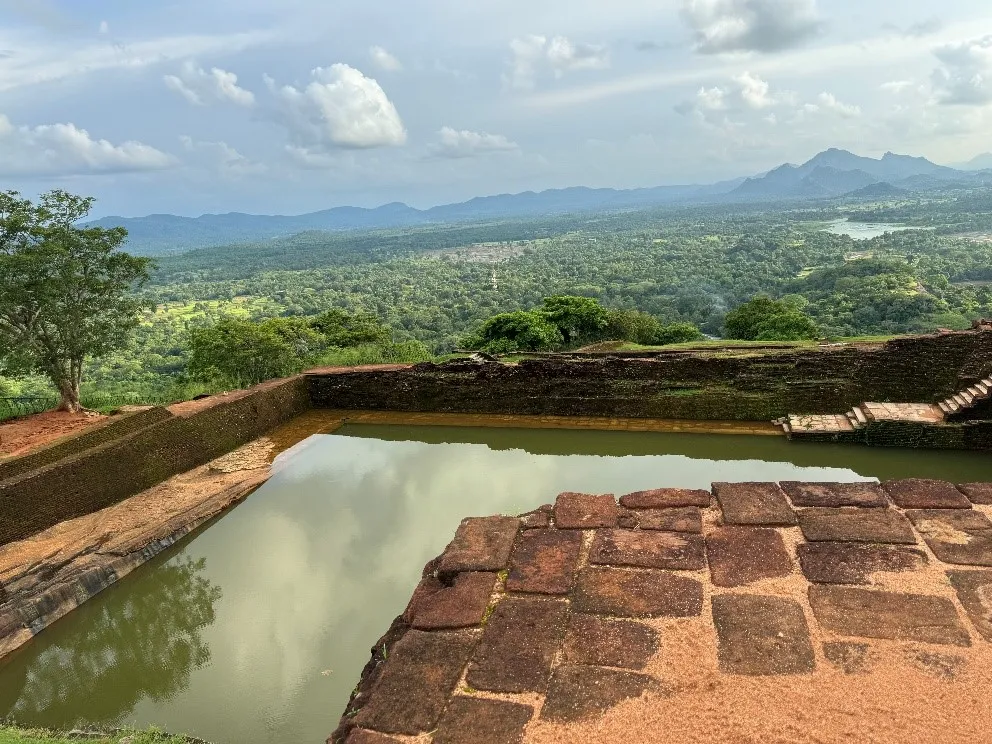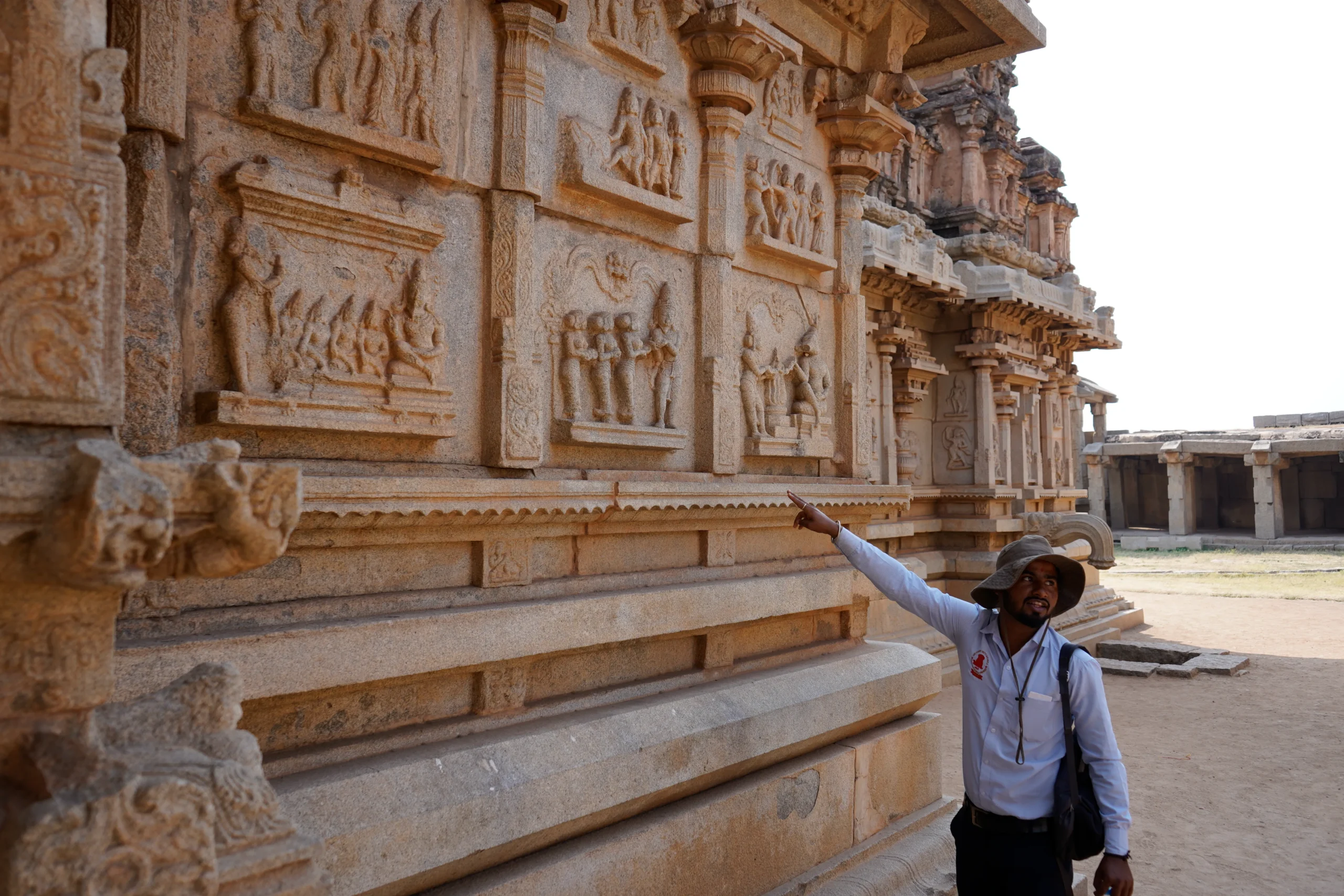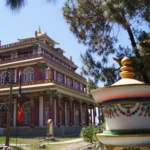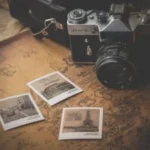Motor Biking Through Kangra & Chamba
Lorem Ipsum is simply dummy text of the printing and typesetting industry. Lorem Ipsum has been the industry’s standard
Ritu@2017
“The 40s ain’t really the best time in one’s life to attempt a bike ride across 1500 kms”, we thought at first. Biking across India’s Himalayan state, Himachal Pradesh’s Kangra & Chamba Valleys, seemed like a risk.
Not just ‘age’ but the heat of India’s oppressive summer that would be partners with us for at least 1000 kms of the 1500 we had planned. And of course, the ride itself.
Judging by our fitness levels (we do pump iron and do our squats in the gym regularly) we were optimistic but going the whole hog would be a challenge and we were aware of it.
But the adventurous side of our souls rubbished all apprehensions away, and so, one fine afternoon in April 2014, we set off for Delhi from where we hired a motor bike and rode our way to a spectacular experience spread over 9 days.
Our Ride

We hired a Bullet RE 500 Classic from a rental based in Delhi.
In India, the Bullet is not a just bike. Its a cult. Its a religion. Its a symbol of belief in the oneness of man and his machine. Its the mark of a person who takes his biking seriously. Its efficient, reliable and safe. At almost 190 kilograms its a heavy vehicle to ride, but that also makes it very steady.
The Journey
Once our bike had been rented, our luggage fastened securely, we set off for Chandigarh, the capital of Haryana and Punjab and the gateway to Himachal Pradesh around 4 pm. It was 26th of April.
The highways through the two states that we traversed on were fairly good. We covered good distance and time and were at Chandigarh the same night despite the traffic we encountered at Delhi and the pitstops we took because our legs were just getting used to the seating posture.
The Kangra Valley






The next morning, rejuvenated from our night at a comfortable hotel, we set forth for our first halt at Bir-Billing, where we had booked a place with Frank, our charismatic host and owner of the 4Tables Cafe and 4Rooms House at Gunehar (a little hamlet 2 kms from Bir.)
An hour into our ride after Baddi we had our first flat. The roads were incognito and as we tried our earnest best to maneuveur as safely as possible, we heard a minor ‘pop’ and realised it was the rear tyre.
The heavy bike was dragged a few metres to reach the marketplace of a small town where, as luck would have it, none of the puncture repair shops were open, it being a sunday. The locals however, extremely helpful, realised that we were on a long trip and even tried waking up a shop owner from his slumber (who, it was dutifully reported to us, was too drunk to get out of bed!) Eventually we did find a shop open and the tyre was repaired but the delay of about 2.5 hours threw our schedule out of gear.
We were back on track and the route we took was – Swarghat-Bilaspur-Barmana-SundarNagar-Mandi-JoginderNagar-Bir. The road was horrible from Swarghat to Bilaspur but became good in patches towards Joginder Nagar.
Thereafter we had an uneventful journey to Bir from where we called Frank and got lost inside the hamlet trying to locate his place! (Google Maps didn’t help).
By 8 pm, exhausted from over 14 hours of riding, we were finally welcomed by Frank, offered a drink and scrumptious dinner and a chance to choose one from amongst the four rooms at the Hotel. (We have to write about Frank and you will soon see the 4Rooms Hotel on Our HOT Hideouts.)
By this time we had clocked around 590 kms.
We stayed at Gunehar for two nights revelling in the hospitality that Frank offered while exploring the nearby areas. Most of the time, we just took off on the bike headed to no where. The wind in our faces (we chose to not wear face masks and scare the hell out of people), the smooth chug chug of the bike, the breathtaking landscape, in those rapturous moments, it seemed like we had taken off to heaven.
We also got our bike fixed at Paprola since a shock absorber had begun leaking, courtesy the nightmarish roads we had ridden nearly 200 kms on. This is one of the only places in this region that has a Bullet workshop. The larger town Joginder Nagar didn’t have one.
While the bike was being tinkered with, we explored the ancient Shiva Temple at Baijnath. It was a hot day but the temple is a treat for history buffs. Sadly photography is not allowed inside the temple premises.
We were nearing the end of our stay at Gunehar and needed to decide on our next destination. On the-spur-of-the-moment we decided to head to Andretta (we’d heard a lot about the pottery village there) instead of staying at Palampur which we were told is like any other ‘hill station’ in India (overcrowded, commercialised and significantly littered.)
Andretta is a detour from Paprola towards Panchrukhi (where we halted at a wayside restaurant for a fulfilling meal of dal-chawal, rice and pulses, a staple in this region). The 24 km journey took us about a half hour. Our homestead for the night The Mirage House, is a beautiful country resort run by a Kiwi and his French wife.
Pottery at Andretta,
The charming couple had a few other guests and dinner that evening was an interesting affair with home-cooked food, fascinating conversation and laughter. The next morning we packed our bike (our gracious host helped us as he recounted a bike trip he had taken through South India, with his wife about a decade ago) and set off towards Palampur and on Frank’s recommendation, to see the Dorzong Monastic Institute.
From Andretta to Palampur, onwards to Gopalpur lies this monastery virtually hidden in the mountains. We halted for a brief hour, to take photographs and admire the structure. Once again, it was too hot for us to linger about.
From here, we were a little confused about our next halt.
We could ride back to Palampur and while an evening away (some call it ‘resting’) or we could head upwards towards Dharamsala and McLeod Ganj. Both options were at first unexciting.
We tend to avoid crowded touristy places and Palampur just didn’t feel right. McLeod Ganj on the other hand was tempting because we’ve been there once and had enjoyed it thoroughly (Read all about the Triund Trek, an adventurous day-long trek from McLeod Ganj).
Ultimately this round went to sentiments and we decided to stay at McLeod Ganj for a day to reminiscence our prior trip and evoke precious old memories.
How we were disappointed! McLeod Ganj has become larger, dustier and dirtier – the three perils of ‘development’. It was bustling with tourists and the crowd added to the chaos and heat. We walked about the streets, ate a meal at Nick’s Kitchen and packed our gear for the next leg of our journey.
By now, we were on day 6 of our trip and had clocked 850 kms.
The Chamba Valley
On 1st of May we set forth for the Chamba valley. One of the better preserved valleys in Himachal Pradesh, the town of Chamba is also very historic. There are two routes that one can take to Chamba from Dharamsala. One goes via Raipur Khas, and the other via Lahru.
The owner of the quaint dhaba we halted at (our first pitstop) told us to take the longer route to Chamba via Lahru because the other road was in disarray. Since we had traversed 700 kms of hair-raising roads we readily took his advice. After a gratifying breakfast of Tandoori Aloo Parathas (Baked Potato Pancakes) we headed towards Chamba.
The climb from Lahru to Jot (the village from where the Chamba valley begins) is exceedingly steep and dangerous. The condition of the road was fairly good and we took our next pitstop at Jot (also known as Chowri or Chuari Khas) which is 8000 feet above sea level.
The stretch right after the pass is covered in pine and deodar trees that whispered in the wind. We got off our bike and saw a Gaddi (tribal herdsman) with his sheep deftly negotiating the mountain path. We wanted to lay by the side of the road and catch a quick few winks but were threatened by rain that had begun falling surreptitiously.
By 3 pm we found our way into the Chamba town and settled on a Himachal Pradesh Tourism Development Corporation (HPTDC) hotel located in the heart of this beautiful town to unsaddle our bike. The room was humungous and basic, but our yardstick for budget travel was being met (clean sheets, clean bathroom and adequately safe).
Later that evening we explored the town of Chamba on foot and bought us a pair of the famous Chamba slippers, and wolfed down a couple of loquat, a fruit that is native to South-Central China! The flesh was succulent and tangy and the skin peeled off manually.
The next day, day seven of our trip was our last day in the region and we headed to a little known village in the district touted by many as the next ‘hill station’. (Honestly, we dread of think of what that entails.)
Jhumar is a two hour drive from Chamba town on the road towards Chamunda Devi Temple (the 18th century temple of the town’s patron Goddess). The roads are narrow and treacherous but the view of the ranges is spectacular.
A village school had broken up for lunch recess and a bunch of naughty children watched us as we got off and parked our vehicle. As soon as they saw the camera, they, like flies attracted to a sweet, swarmed around us. At first some of them were shy, especially the girls. In ten minutes they were posing for us and talking to us as if we were long lost relatives!
Photographing the innocence of a child is one of our major interests and in time, we will showcase a collection of our photographs on the site.
We took a stroll inside the Jhumar forest and realised that the well laid paths on the slopes lead to a village at the bottom of the hill. We spent an entire afternoon here, listening to music, catching up on conversation and relaxing.
Ride back to Delhi
On day 8 we set forth to Delhi from Chamba. Our journey began at 6 am (it was freezing at this hour) and after a quick pitstop an hour outside Chamba, we rode non-stop till Pathankot. A short lunch break at a nondescript town and we entered Chandigarh city at about 4 pm.
In 10 hours we had covered 360 kms!
We checked in to the Best Western Maryland Hotel on Zirakpur road at Chandigarh and departed for Delhi the next morning. By 2 pm on 4th May we had handed over our ride to its rightful owner.
The odometer showed that we had clocked 1703 kms.
The Weather
The weather throughout the plains as we had feared was hot. However, much to our shock, Dharamsala and McLeod Ganj were also unbearably hot.
Bracing the weather was exceedingly problematic. From the cool climes of Kangra to the heat of Dharamsala, we couldn’t decide if we should take our jackets off or wear them.
Lahru, on the way to Chamba was hotter than Dharamsala, and the uncovered skin on our arms and back were nearly burnt by the end of the journey.
Our Rental
We hired our bike from a highly reviewed and recommended company based in the eastern part of Delhi. The vehicle was in good shape, but as we travelled over rubble laden mountain roads we realised that the rear tyre of the bike was old. We had to replace it for our own safety and the company didn’t reimburse the money to us. Also, they follow some very funny (and highly inconvenient) timings – extended lunch hours and Sundays off. So if you happen to need a vehicle on a Sunday you’d best find another rental service.
How We Packed for our Bike Trip
– Minimal number of clothes – We were travelling across varied range of temperatures (from 41 degrees C during the day to 7 degrees C at night). With a wind cheater, a jacket for the cold climes and a shawl/muffler for extra protection, our quota of clothes (in terms of weight) was done. We threw in a few quick dry tees, and socks, but wore the same pair of cargoes throughout the ride. The idea of getting into the same pants every morning took a bit of getting used to :-/
– We packed smaller packaging of toiletries – sachets of shampoo and conditioner (which can also be purchased locally), travel packs of our favourite moisturiser, face cream etc. We also threw in a tube of travel detergent (very useful), mosquito repellent and a mini LED torch
– We carried a First Aid kit that contained nearly all kinds of medication – for bruises, sore muscles (which we didn’t have to use), aches and pains, diarrhoea, indigestion and the like
– We packed a zip lock with toilet paper, disposable toilet seat covers, wet wipes, hand santizer and paper soaps. This was the most used zippy in our luggage compartment because roadside toilets in India (if there are any) are abominable
– We packed all our knick knacks in zip lock bags to keep the weight of the bags down
– We wore one pair of shoes and carried no changes
– We replaced our bulky camera bag with a littler one and carried extra batteries, memory cards etc.
Most importantly, we ensured that we did not carry anything on our backs – neither rider nor pillion. We also kept our hands free. This helped us have a very comfortable ride.
Tips on a Safe Ride
We have had a learning experience riding across 1700 kms in India’s infamous Summer to a state blessed with natural bounty but grossly lacking in infrastructure. The roads were every motor bike rider’s nightmare.
Our trips would include:
- Start your rides early and end early. Heavy vehicular traffic hits highways after 6 pm and every minute spent on the highway thereafter is a risk you should not be taking
- Stop often. Drink lots of water and keep yourself hydrated. It will also help in keeping muscular fatigue and cramping at bay
- Work up your speed only when you’re on good stretches of roads, never on bad roads, mountain sides etc. Drivers from the hills drive their vehicles with gay abandon (which most of us will term ‘risky’) and you could be caught off-guard on turns. At the end, do remember that the fun is in the journey, not the destination
- Travel light
- Never consume alcohol and ride
- Begin your day with some sort of stretching exercises. We did Surya Namaskars to keep our muscles toned for the day’s activities
- Most of all, don’t allow the challenges of the trip get to you. As long as you’re safe, nothing else matters
Author Details
